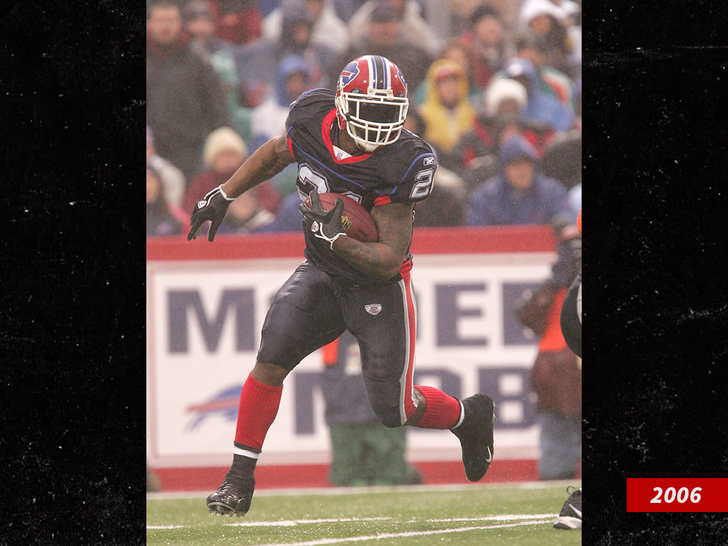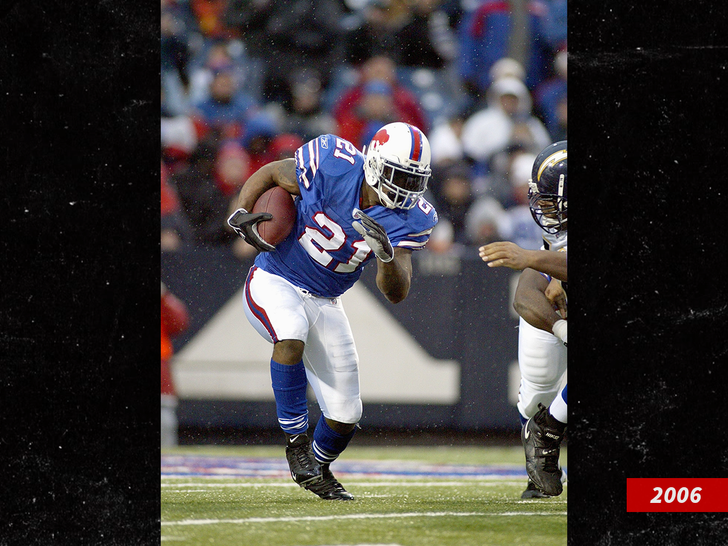Former NFL running back Willis McGahee is opening up on the dark place he was in after his career ended in 2013 … revealing he contemplated taking his own life “a couple times” as he struggled to find his purpose off the gridiron.
42-year-old McGahee — who played in the NFL from 2003-2013 — detailed his issues adjusting to life after football in an interview with The Athletic on Thursday … saying, “When it’s gone, you really have nothing to fall back on.”
“It’s just a lot coming at you, man, and it gets mentally tough.”
McGahee was a stellar running back, but his career was plagued by countless injuries. Despite his recurring ailments, he managed to earn more than 8,400 yards and 65 touchdowns on the ground … adding over 1,300 yards and another five touchdowns receiving.
Even though he felt like he could still play following the 2013 season, the league felt otherwise … and he was forced to move on — something he said he really struggled with in the years following.
McGahee said he has gotten better with his mental health struggles by going to therapy and focusing on his 10 children — but his physical pain continues to this day, and he claims the NFL is abandoning players like him who need help through its disability benefits.
While McGahee said he is receiving line-of-duty benefits for substantial disability due to NFL activities, he said he is continuously getting shut down from collecting any sort of assistance for neurocognitive impairment — which led to a lawsuit.
“It’s not benefiting the players who are really, actually hurt and going through stuff in life,” McGahee said. “They’re not taking care of us. It’s a sham. I’m tired of it. Somebody has to step up and do something about it.”
McGahee explained he would do it all again if he could … but ultimately, a decision he’ll have to deal with moving forward.
“I don’t regret it,” McGahee said. “But it’s something I’ve got to deal with now.”
If you or someone you know is struggling or in crisis, help is available. Call or text 988 or chat 988lifeline.org.
Source: Read Full Article





